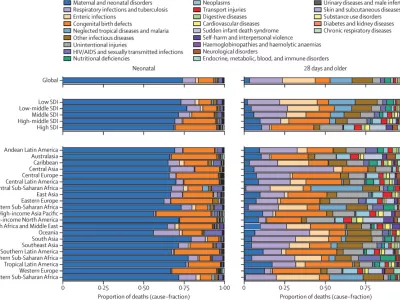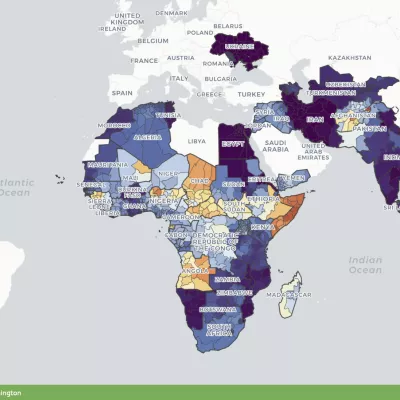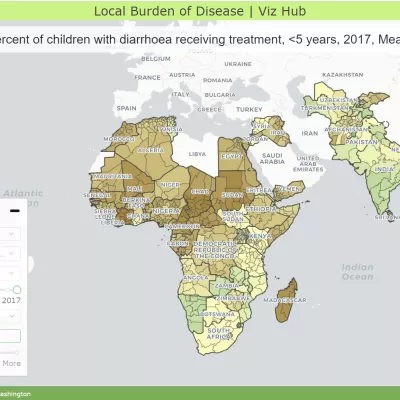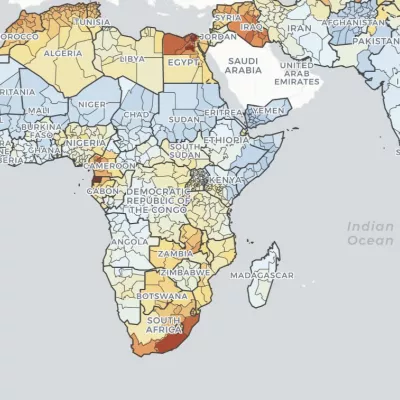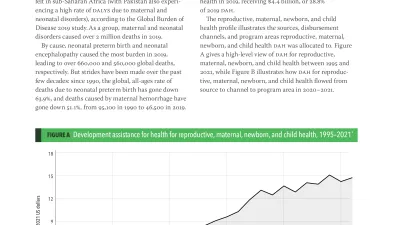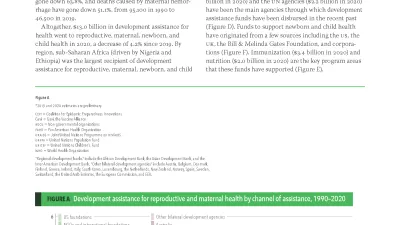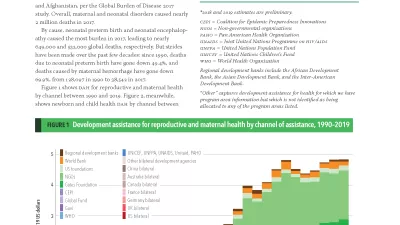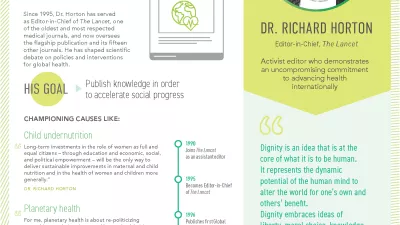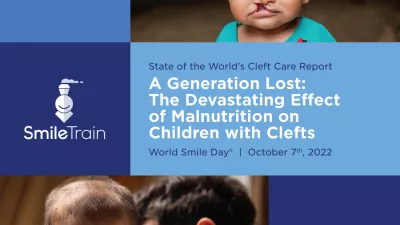Child health
Despite notable advancements and progress made by many countries in reducing child mortality rates, millions of children continue to lose their lives before turning five. Large disparities in health outcomes for children remain, with a disproportionate burden of death and disease in low- and middle-income countries.
Photo by United Nations World Food Programme (WFP).
37%
of under-5 child deaths in 2019 were due to neonatal disorders, such as preterm birth and sepsis.
Over 500,000
children under 5 years of age died from diarrheal diseases globally in 2019.
Over 13,000
children under 5 years of age, on average, died every day in 2019, with over 5 million child deaths under the age of 5 in total.
500,000
children were born with sickle cell anemia in 2021 and 79% of those infants were in sub-Saharan Africa.
Interactive data visuals
Datasets in our catalog
Visit the Global Health Data Exchange (GHDx) to download our estimates and data sources for child health.
Peru Demographic and Family Health Survey 2015
Survey
Peru Demographic and Family Health Survey 2015
Niger Nutrition and Child Survival Survey 2010
Survey
Niger Nutrition and Child Survival Survey 2010
El Salvador Family Planning/Maternal and Child Health Survey 1993
Survey
El Salvador Family Planning/Maternal and Child Health Survey 1993
United States NVSS Linked Birth and Infant Death Data 1999
Vital registration
United States NVSS Linked Birth and Infant Death Data 1999
Progress towards Sustainable Development Goal 3.2 for neonatal and child health
